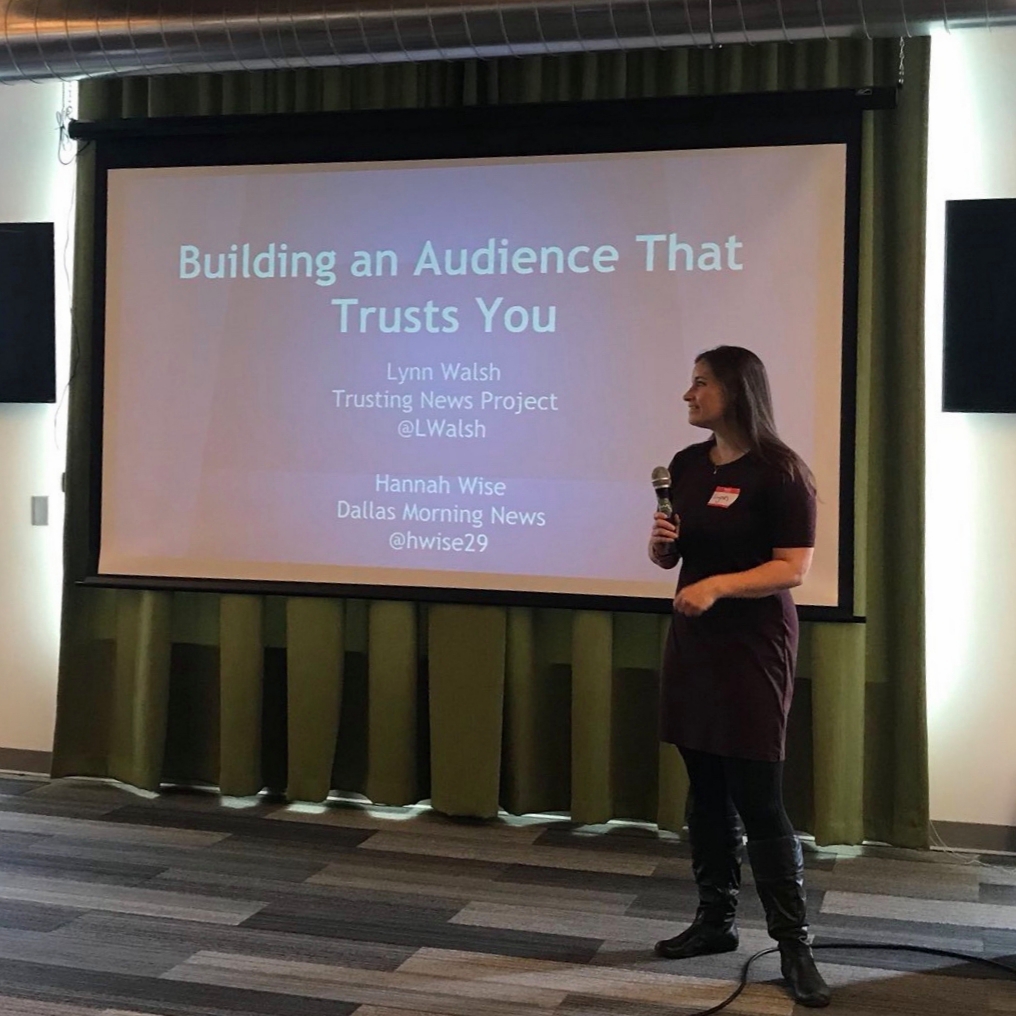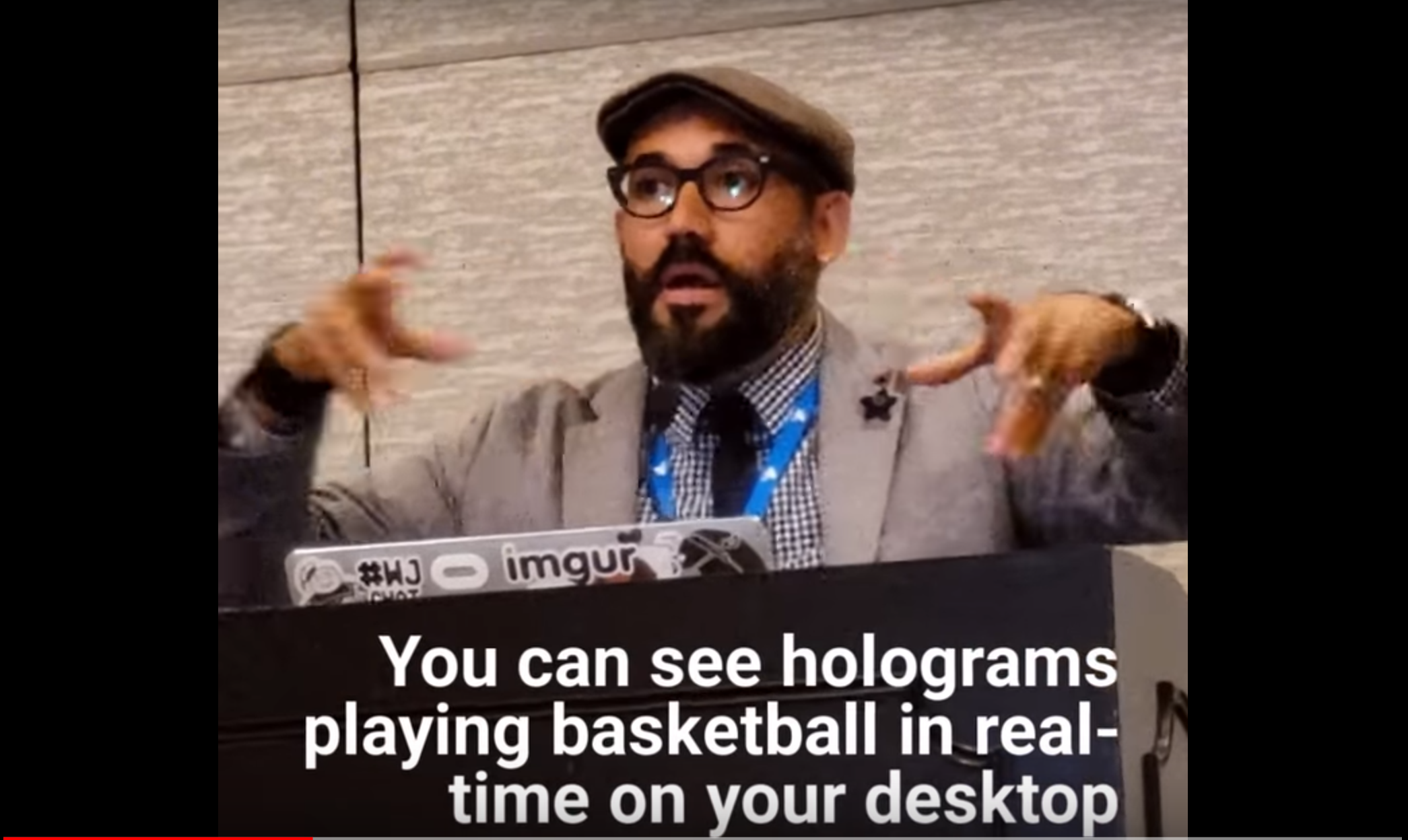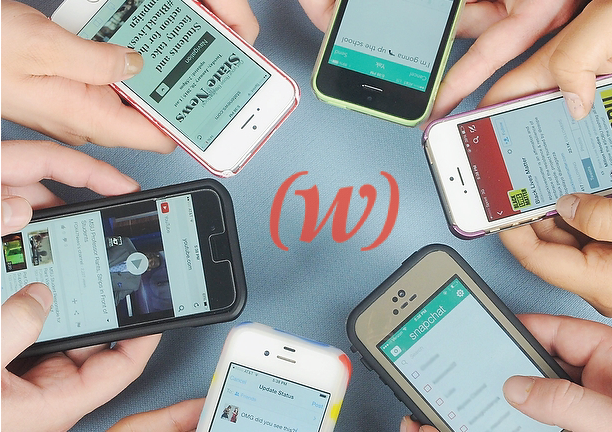I recently spoke to a group of business and community leaders about the future of local news. As a public relations professional, I’ve had a ringside seat on the ever-shrinking local news landscape. However, many leaders I’ve worked with in the private and public sectors tend to over-estimate how much scrutiny their bad or good news may attract, while others dismiss the need to actively participate in local media interview requests and reserve their time and energies for national opportunities or what they know will be a puff piece.
My goal was to help these leaders understand the trends shaping the local media landscape so that they could better reach their constituents and stakeholders through earned media as well as via alternate approaches, given local media’s shrinking influence.
Here are nine fast facts with tips for business and organization leaders:
1. The Future of Local News Is Subscriptions, Not Advertising
Print and digital circulation numbers for local newspapers have been consistently falling (from 13.9 million to 8.3 million between 2015 and 2020), but stabilized in 2020. The decline has reduced ad revenue, disrupting the old advertising-driven publishing model.
Another trend started in 2020. For the first time, circulation revenue from subscriptions drove more revenue than both print and digital ad revenue for local print publications and their digital assets. That’s a commentary on how far ad revenue has fallen. And it’s why you’ve been seeing more online publications behind paywalls, as digital subscriptions are often called.
TIP: The Free Press is Worth Paying For.
→ Your organization’s news needs to be interesting enough for people to pay for. Focus on what’s in it for the reader or viewer. How are you helping serve the interests of local news consumers vs. the needs of your organization?
2. Future of Local News Will Serve the Informed Public
Fewer and fewer people are consuming local news across all sources. Only about one in three U.S. adults even follows local news at all.
For journalists and public relations agencies like (W)right On Communications, credibility and reach with the informed public (the one in three people paying attention) are still vital. If you’re a local news subscriber, then consider yourself a member of the informed public.
As someone who is more engaged in your community than most of your neighbors, you’re an important target of our communications and news reporting. You’re more likely to vote (hopefully), show up at city hall, trial or recommend new products and places and understand how your daily behaviors impact your environment.
As subscriptions become the backbone of the local news business, leaders can use earned media to target the most informed and engage constituents in their local markets.
TIP: Reach the Disengaged through Entertainment + Enchantment
→ If you can’t reach people with facts and information, entertain with emotion and be memorable with story. Find and share what makes your story moving and provide local media with assets (b-roll, photos, characters and heroes) to bring it to life.
3. The Future of Local News is Digital with Limited Reach
One of the steadfast rules of marketing is meeting your audience where they are. Current data suggests 84% of U.S. adults get their information from their digital device like smartphone, computer or tablet. Half do so often.
News websites and news apps were cited by two-thirds of adults. But 25% of people still rarely or never use such sources. This 25% also don’t use search engines or frankly any other digital source. They may be getting their information from social media, which recent studies have shown misinforms: people who relied on social media for their news were less engaged and less knowledgeable.
During the pandemic, this was a real problem. A very large number of people had no idea what was going on. You’d find people not wearing masks because they had no idea that there was a mask mandate and later had no idea when it had been lifted. Even when their family’s health and life are on the line, they’re not tuning in to the news of the day via any platform.
TIP: Share Your Coverage on Social and Boost
→ When you’ve got a news story you want everyone to see or read, share it on social and boost it with a small investment to the audience you might have missed.
4. The Future of Local News On Social is YouTube
Social media as a news source shrank a bit this past year. It’s still the third most used platform for news, cited by 48% of people as a frequent news source. Facebook, YouTube and Twitter were the three most popular networks for news.
For leaders considering reaching constituents and stakeholders with their news via social media, YouTube is a platform deserving of a second look. YouTube users stream news about subjects they’re interested in as they ‘cut the cord’ from their cable providers. As the second largest search engine (and owned by Google), YouTube provides “news” on an endless breadth of subjects on demand — from foreign language to gamer news to regular streaming newscasts and segments. Local TV news stations have their own YouTube stations.
TIP: Consider Producing Your Own YouTube News Content.
→ Seeing is believing and YouTube allows for longer format reporting that can be teased or promoted on other social apps like Instagram and Facebook Stories, Twitter, Snapchat or TikTok.
5. The Future of Local News is Podcasting
The percentage of people who get their news from podcasts is growing every so slightly every year. While a few people say that they never listen to podcasts, what’s noteworthy about those who do listen is that they skew younger. Sixty-two percent of 18 to 49-year-olds report listening to podcasts for news sometimes or often. And rates are also higher among more educated and affluent listeners.
Leaders need to make time for podcast interviews to reach younger, more education and affluent members of the informed public. Podcasts are a great channel to reach these important audiences.
TIP: Embrace Podcasts to Reach Younger, Affluent Audiences
→ Not only are podcast audiences growing, but podcast interviews have been discoverable on Google since 2019 and, unlike radio interviews, can have a reach that grows over time.
6. The Future of Local News Is Nonprofit
As local journalism gets vastly outspent by Big Tech, ad revenue shrinks and the size of the uninformed public grows, is it any wonder that a dozen new nonprofit newsrooms launch every year?
Nonprofit models remove the profit imperative and allow newsrooms to be funded through grants, donations and subscriptions or memberships. Some great reporting is coming out of nonprofit newsrooms.
Individual citizens can support local nonprofit news organizations through monthly contributions that are no more than a monthly subscription may run. Your local PBS affiliate has relied on donor support for decades.
TIP: Support a Nonprofit Local News Organization
→ Get involved as a donor or board member to help local nonprofit newsrooms flourish.
7. The Future of Local News is Greater Privacy Protections
Another major shift that’s just starting to be felt is Apple’s new privacy protections. When you’re online on IOS devices, Apple no longer allows advertisers to embed cookies and use their website pixels to track your behaviors and market their goods to you.
This has had an immediate and very significant impact on Facebook’s fortunes. Facebook took a $10 billion revenue hit as digital advertisers scaled back. It’s a positive development to me as a communicator because digital marketing had become so transactional. It’s a reminder to leaders not to focus on click-through rates at the expense of relationship and trust building.
TIP: Build Trust Through PR to Support Digital Transactions
→ Build trust and credibility through strategic communications before you ask for the sale. That’s the secret to higher closing rates. And your consumers are looking for trust and credibility signals before they buy.
8. The Future of Local News is User Generated
Technically, anyone with a camera-equipped smart phone is “the media” as well as anyone with an audience is “the media.” Influencers and eyewitness videos can shape opinions and drive awareness just as powerfully as a mainstream, top tier local media outlet.
Newsroom cutbacks mean journalists are more likely assigned to multiple beats and assignments every day. So, leaders cannot expect them to come into interviews with much knowledge or understanding and, therefore, must work hard to bring them up to speed so that they can accurately report on their news.
The right influencer or content creator with a niche following and deep familiarity and passion for your topic may move the needle with the people that matter more than highly respected and accomplished media outlets or journalists.
TIP: Find Niche Content Creators to Reach New Audiences
→ Find the right influencer or content creator to reach niche audiences with your messages. But be ready to pay for that content and access while also giving them control over how your story is packaged.
9. The Future of Local News is Building Trust
Released in January at Davos every year for the past 22 years, the Edelman Trust Barometer tracks trust in business, government, media and NGOs. This year’s theme was “A Cycle of Distrust” which the authors say was fueled by the government and media industries.
Democracy is built on trust. As government leaders vie for votes and media outlets vie for clicks and viewers, the public is left feeling anxious. They’re looking to NGOs and businesses to take the lead on societal issues. Like Apple did on privacy or like Nordstrom, Sephora and Macy’s did with the 15 Percent Pledge to make 15% of their retail shelf space available to black-owned brands. Other examples include the businesses that exited Russia after its invasion of Ukraine and Ernst and Young’s R U OK program to help employees with mental health and addiction issues.
At the World Economic Forum, the new rallying cry in response to this cycle of distrust has become an emphasis on a new model of Stakeholder Capitalism to replace decades of Shareholder Capitalism. Under the old model, the company was put at the center, and everything served the business. It was a profit-centered model. The new model puts the wellbeing of people and planet at the center of a business.
TIP: Restoring Trust Starts Locally.
→ From local news to city council to school boards, focus on restoring trust and respect in your backyard. A healthy local news media supports an informed and engaged public and a sense that we can trust our leaders to conduct themselves in the public’s best interests.
→ Read my Q&A with Lynn Walsh of the Trusting News project to learn how the media is working to restore trust through more transparent reporting practices.
So, What Can You Do to Support Local Journalism and Break the Cycle of Distrust?
Subscribe to and support local news and nonprofit news. Encourage subscriptions amongst your coworkers, friends and family.
Professionally, take a more relational and less transactional approach to your communications. That means you start first with listening and understanding your stakeholders and their needs. Whether you’re reaching the informed public through the media or sharing your story through other means such as your website, email newsletter, social media, speaking opportunities, events or video, demonstrate empathy and frame and share stories in a way that matters to your stakeholders.
Most important, as a leader, make sure that your organization delivers on the expectations you set in your communications. That’s foundational to building trust.
Be realistic in the expectations you set. Be consistent in your communications and messages you deliver. Therefore, when things go wrong, your track record of empathy, transparency and consistency gives your brand or organization the best chance of an understanding and patient response from employees, customers, investors, donors and, of course, the media.
ABOUT THE AUTHOR: Julie Wright is President of (W)right On Communications, Inc., the award-winning integrated strategic communications firm she founded in 1998. With offices in San Diego, Los Angeles, and Vancouver, B.C., her team handles complex communications challenges for B2B tech, cleantech and energy, healthcare, tourism and hospitality, not-for-profit and public sector organizations. Wright and her team elevate the agency experience through data-driven insights and measurable results for client partners.




 In the past, consumers of news didn’t really have that many options. They got the newspaper from their doorstep or turned on their TV, and the news was delivered to them. Now, they also discover news digitally when they’re searching online or using social media.
In the past, consumers of news didn’t really have that many options. They got the newspaper from their doorstep or turned on their TV, and the news was delivered to them. Now, they also discover news digitally when they’re searching online or using social media.
















 Grant Wright
Grant Wright Corie Fiebiger
Corie Fiebiger
 Shae Geary
Shae Geary Phelan Riessen
Phelan Riessen Katrina Early
Katrina Early Hamish Marshall
Hamish Marshall